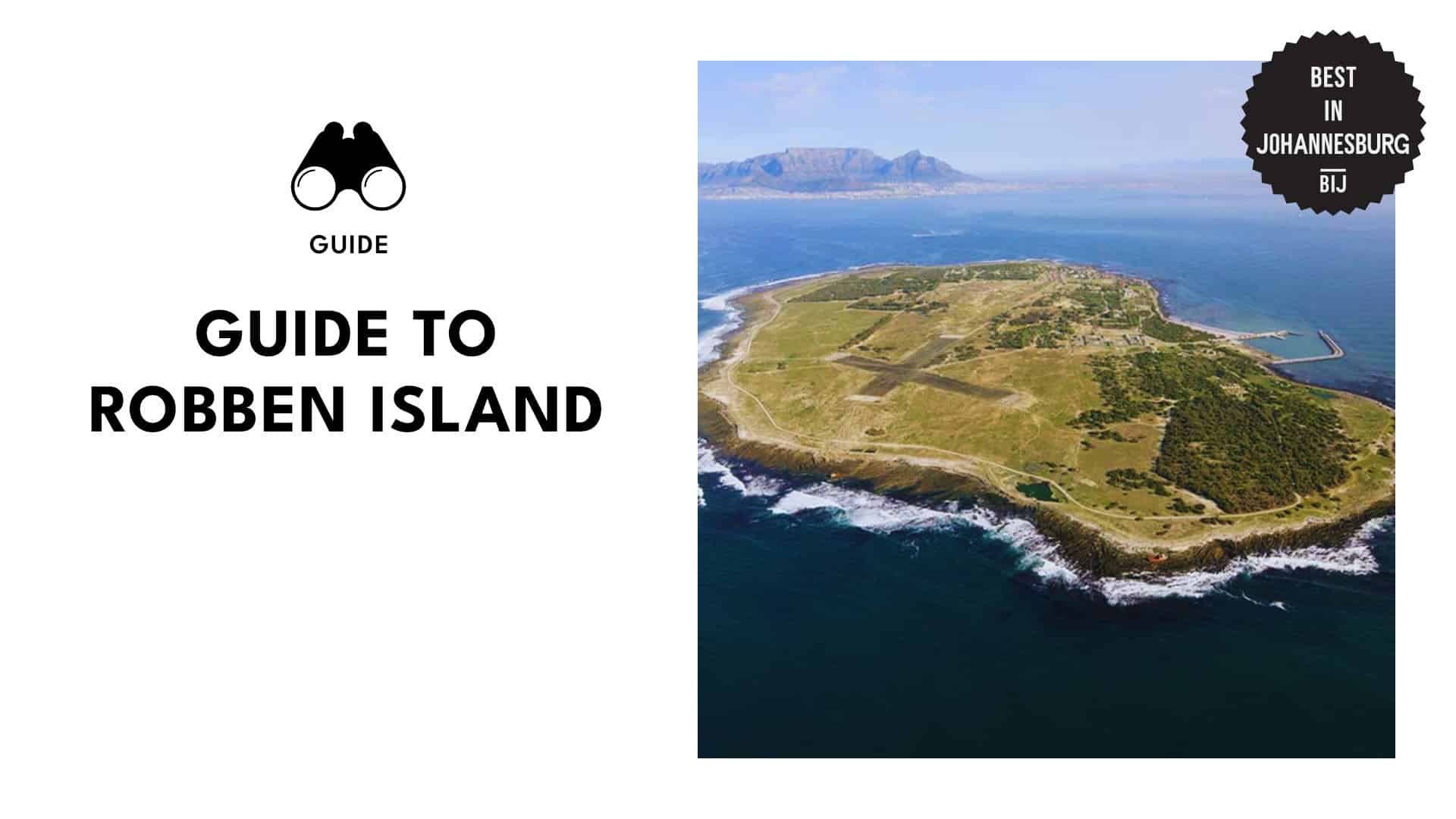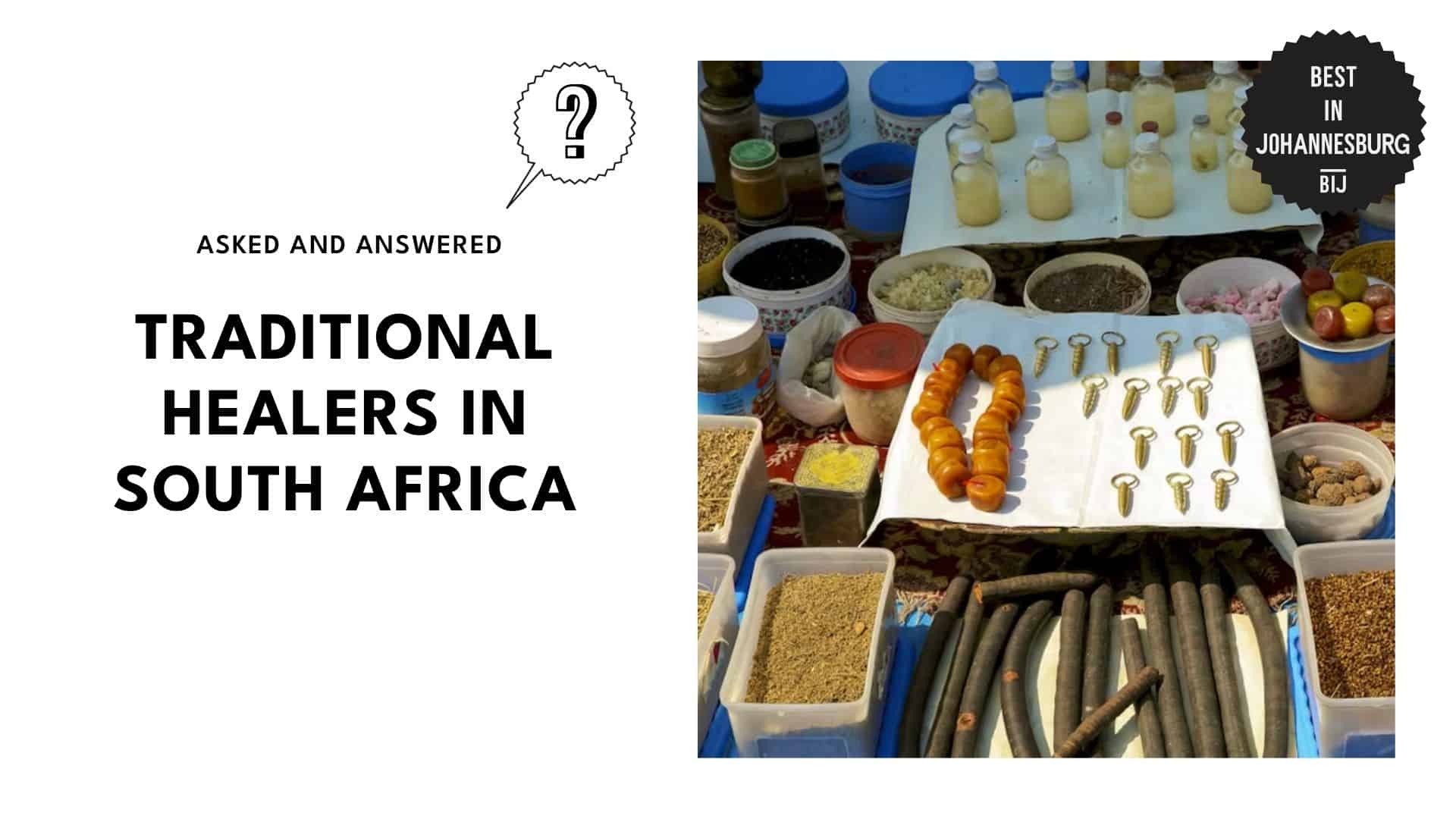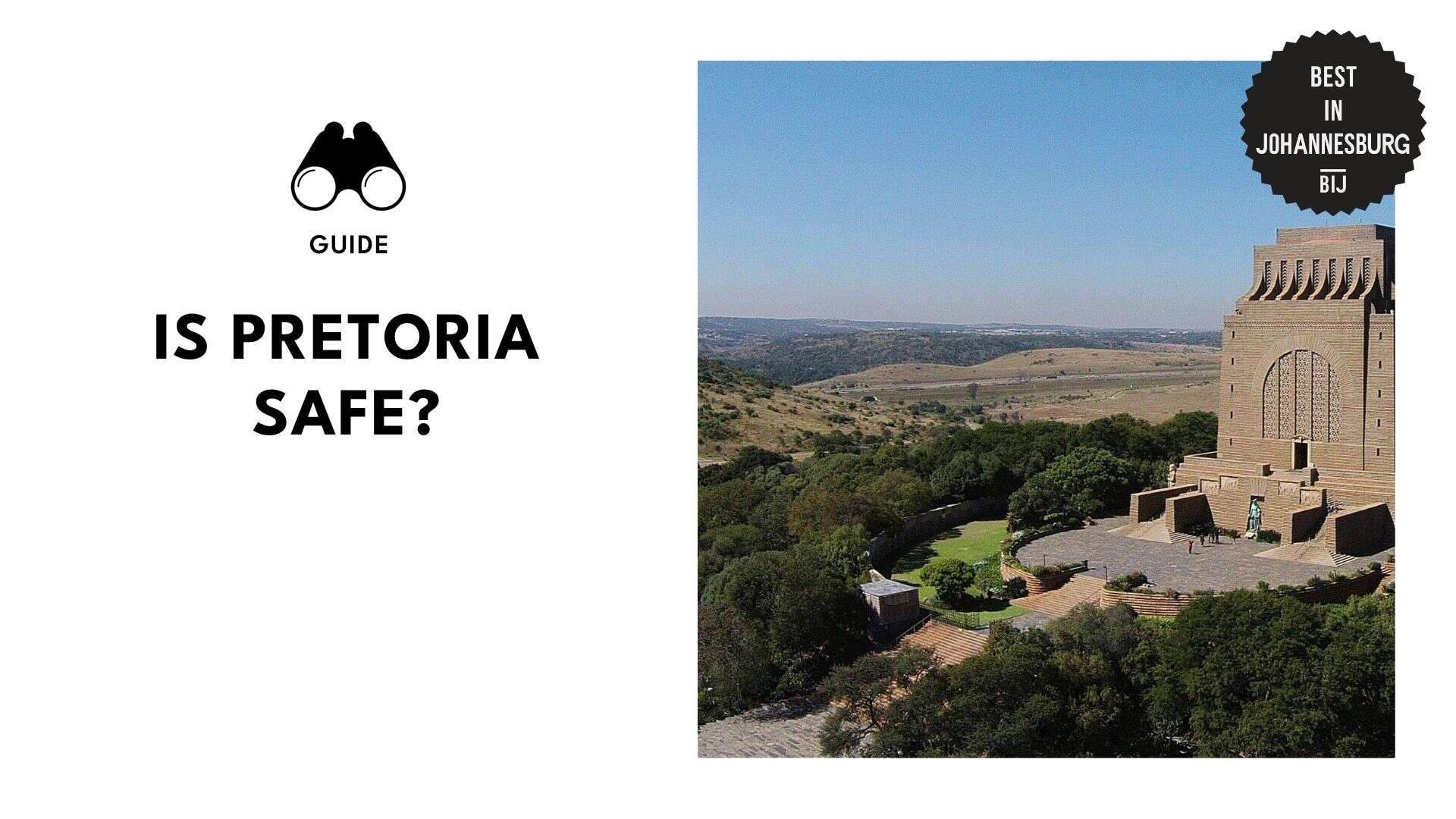Categories > Guides and Tips

Prepare to be astonished by this travel guide to Robben Island
Have you ever wondered what it feels like to walk in the footsteps of a global icon of freedom? Visiting Robben Island was like walking through a living museum of resilience and hope.
As I explored the prison cells and took in the breathtaking views of Table Mountain, the significance of this island’s past became strikingly clear. For an in-depth exploration of this historic site, here’s a travel guide to Robben Island.
Things to Know
Website: https://www.robben-island.org.za/
Phone: +27 (0) 21 413 4200
General Tour Schedule:
- Monday to Saturday – 9 AM, 11 AM, 1 PM, and 3 PM
Admission Fee:
- South African Adult – R400
- South African Child (under 18) – R210
- Non-South African Adult – R600
- Non-South African Child (under 18) – R310
Background
Media from ctbig6
Robben Island was discovered by Bartolomeu Dias in 1488 and was used by different European powers as a stopover point. From the late 1600s, it became a prison, holding political prisoners from Dutch colonies and later, South Africa.
The island was also used as a leper colony and military outpost during the British colonial era. From 1961 to 1996, it was a prison for political prisoners, including Nelson Mandela.
Today, Robben Island is a World Heritage Site and a popular tourist spot, run as a museum.
How to Get to Robben Island
By Ferry: Ferries to Robben Island depart from the Nelson Mandela Gateway at the V&A Waterfront. You can purchase tickets for the ferry at the gateway.
How to Get to the Ferry Terminal
By Bus: Several MyCiTi bus routes serve the V&A Waterfront, where you’ll find the ferry terminal to Robben Island. You can take bus routes T01, 118, and 113 and alight at Granger Bay, Gallows Hill, and Portswood.
By Car: If you’re driving, park at the V&A Waterfront parking garages. They’re conveniently located close to the ferry departure point.
By Taxi: For taxis, the base fare is around R20, with an additional charge of about R10 per kilometre. The drop-off point is at the V&A Waterfront, near the ferry terminal.
What to Do in Robben Island
Enjoy the scenic boat ride to and from the island
Media from whatsonincapetown
I loved the boat ride to Robben Island; seeing Cape Town’s skyline fade away as we approached the island was breathtaking. The clear views of Table Mountain from the water made the trip even more memorable.
Take a guided tour of Robben Island Museum
Media from robben_island
At the Robben Island Museum, I heard powerful stories from former political prisoners during the guided tours, offering a personal glimpse into their struggles.
As we walked through the prison cells and the limestone quarry, I realised how harsh the conditions were for the prisoners. The museum’s exhibits, featuring personal photos and belongings, brought the island’s history to life in a touching way.
Visit Nelson Mandela’s prison cell
Media from dionsinger
This tiny, bare cell where Mandela spent 18 years of his life is one of the island’s main attractions, and for a good reason. Standing in front of that small space, it’s hard not to feel the weight of history.
The tour guides usually share personal stories about Mandela’s time on the island, adding even more depth to the experience. You’ll understand the resilience, strength, and unwavering commitment to justice that Mandela embodied.
Reflect on the history and significance of the Moturu Kramat
Media from canconstructed
Moturu Kramat is a profound reminder of the island’s rich history. This sacred shrine marks the resting place of Sheikh Abdurahman Moturu, who was exiled here in the late 1700s.
It’s located not far from the maximum security prison, and despite the nearby watchtower, the shrine maintains a serene presence. It is also a part of the “Holy Circle of Islam” around the city, connecting it to other sites like the one on Signal Hill.
Explore the Cape Gothic style architecture of the Garrison Church
Media from the loveiwear
Garrison Church on Robben Island is a small but significant chapel built by the British in the 1800s. It was used by both British soldiers and political prisoners over the years.
The church’s design features Cape Gothic style elements, with a tower, buttresses, and round-headed windows. Inside, it has teak furnishings and a Tudor-style roof.
Climb the Robben Island Lighthouse for panoramic views of the surroundings
Media from departmentoftourism_
The Robben Island lighthouse, built in 1864 on Minto Hill, offers stunning views of the island and surrounding ocean from its top. Jan van Riebeeck first set up a navigation aid here to guide ships.
Historically, bonfires were lit to warn ships of dangerous rocks. The lighthouse, now electrified since 1938, is unique in South Africa for its flashing light, visible for 24 nautical miles.
Pay respects at the leper graveyard
Today, only a section of the graveyard is visible, enclosed by mesh fencing. It also contains graves of those who died from other illnesses at the General Infirmary.
Observe the wildlife and enjoy the natural beauty of the island
Media from capetown.guide
Robben Island is home to a lively colony of African penguins. I saw them waddling along the shores and swimming in the clear waters and their playful behaviour made the experience unforgettable.
Bird-watching on the island was another treat. With so many bird species, it was exciting to spot seagulls, cormorants, and terns, and I even caught a glimpse of the striking African black oystercatcher
Take a selfie at the iconic Robben Island Blue Frame
Media from ctbig6
To conclude my visit, I made sure to stop at the Blue Frame for a photo. It’s such a cool spot. The bright blue frame stands out against the backdrop of the ocean and the island’s rugged landscape





